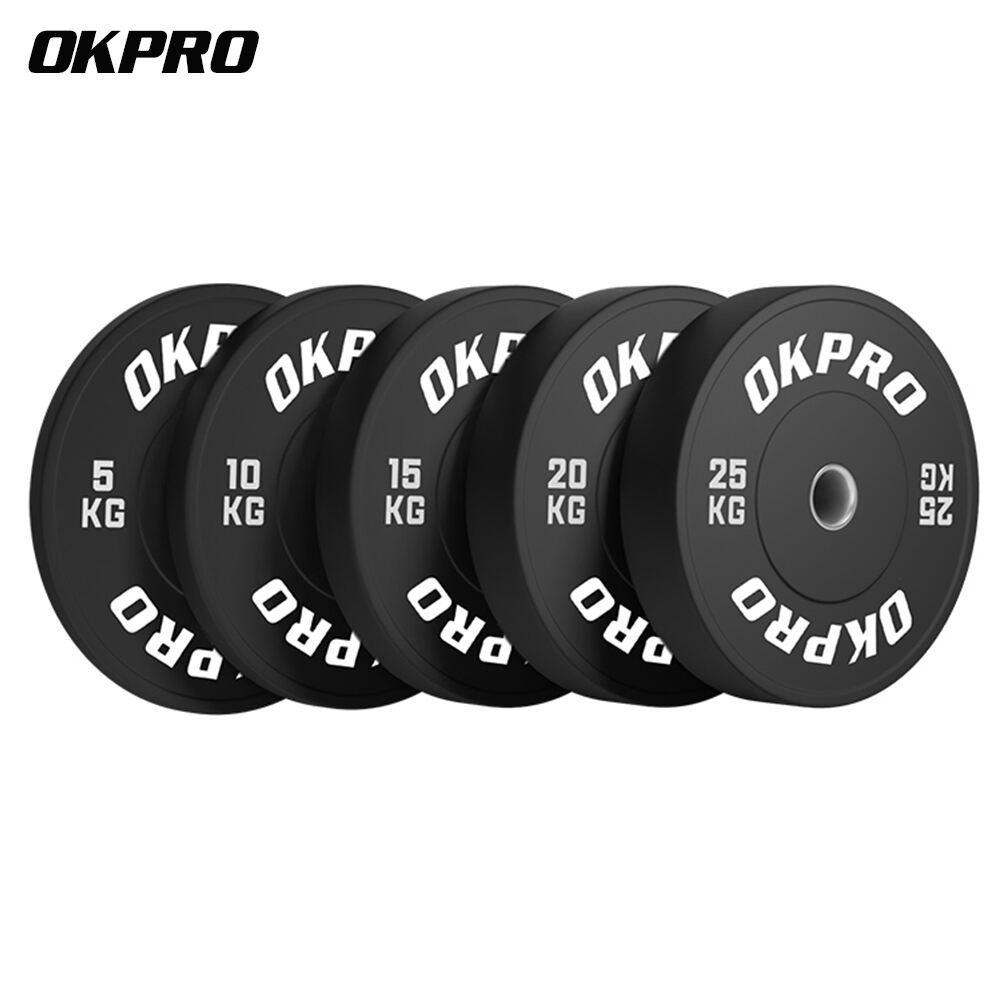Introduction
When it comes to the world of athletic training, there are few things that have been as active in the past few years as weightlifting bumper plates. Bumper plates are key to any athletes strength and explosiveness and can really help take your training to the next level. Their unprecedented combination of stability, flexibility and resilience makes for a piece of gear that no serious training program can do without. This article will cover how bumper plates should fit into a training program, what makes them so beneficial and why you should consider them.
Understanding Bumper Plates
Bumper plates or weightlifting plates is for high-impacts excises like Olympic lifts and plyometric. They are not made the same and dosent function the same as regular weight plates. The bumper plates are either drop-forged steel or high-quality rubber, which if you dropped one from a lift, would absorb the impact (dead-bounce) and not break anything on itself (like dropping an iron Dumbbell).
Key Features of Bumper Plates
These include a drop-forged design to provide reliability and durability, colour coding for easy weight selection, and other features that make bumper plates unique. The dead-bounce is also a very important safety feature, as it enables athletes to perform high speed lifts without worrying about accidental damage to the floor or equipment around them.
Advantages of Bumper Plates
When it comes to programming for performance in the gym, bumper plates offer a whole host of benefits. I think their most valuable use case is their safety because they allow you to lift high-energy, multi-joint movements like clean & jerks while the ability of dropping weights rather than catching heavy loads or projects — which is not only risky but can also hinder future progress if you decide to avoid it by using your normal steel/metal plates.
Types of Bumper Plates
Different bumper plates for different purposes Rubber coated bumper plates are often the go-to for anyone commonly using high-impact while plastic or competition grade bumpers will meet strict IWF standards when it comes to training elite athletes (and preventing Barbell damage).How Bumper Plates are Used in Training Programs
Olympic lifting exercises clean, snatch and squat are best performed using bumper plates. Plyometric exercises ranging from box jumps to medicine ball throws, and other activities that involve impact absorption or controlled dropping also have bumper plate specific functionality. Bumper plates can also amplify your typical strength training workouts — add them to dead lifts, bench presses, or and overhead press.
Rogue Bumper Plates: Safety Factors
Remember, even though bumper plates are definitely going to be safer for you in the long run…you still need to use correct lifting techniques! That also includes how to catch a barbell at the end of an elevator and that plates should be dropped only in designated areas. Proper handling of bumper plates can also affect its longevity and safety so do try to take care of your equipment in all the necessary ways.
The key aim of the BS program when it comes to weightlifting and throwing is in developing power, speed strength (PS) which we believe are most transferable to increases performance despite a lot of other people pushing elastic bands being better for max effort training — yes that is confusing on purpose because my experience has practically always said otherwise.
Immediate benefits could include more power and explosiveness in athletic movements, better muscle endurance and strength when required to perform over longer duration of time, or a progression toward greater body control/co-ordination at the highest levels for sport. These benefits allow them to be a valuable addition to the training of any athlete.
The Bumper Plates That Are Right for You
When selecting bumper plates, focus on what kind of training they will be used for and also the user level along with the price. The best bumper plates can take a beating so you don’t have to, ultimately providing athletes and lifters with the confidence needed to push through known barriers.
Conclusion
Bumper plates are a necessary part of any weight-lifting equipment.FLAT OR ZOOM OUT… Their proprietary shape, protective features and versatility makes them an essential item by necessity for improvements in productivity all through weight lifting workout. So athletes who train with high-quality bumper plates in an integrated program are likely to get much nearer their maximum potential for power and strength than just lifting weights above their heads.

